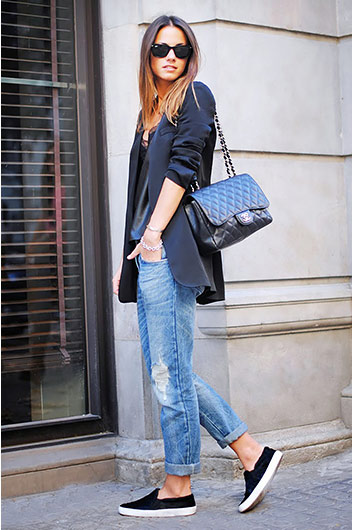Title: Hermes Scarf: Authenticity Guide and Comparison of Real vs Fake
This article provides a comprehensive guide to authenticating Hermes scarves, as well as a detailed comparison of real versus fake scarves. It highlights the importance of identifying genuine Hermes scarves, given the high demand and corresponding counterfeiting problem. The guide focuses on the unique characteristics and details that set authentic Hermes scarves apart from their counterfeit counterparts, including material composition, color, pattern, and craftsmanship. Additionally, it provides tips on where to buy genuine scarves and what to look out for when making a purchase. This information is invaluable for consumers who want to ensure they are investing in high-quality, authentic Hermes scarves.
In the world of luxury fashion, Hermes scarves are highly prized for their exceptional quality, beauty, and craftsmanship. Unfortunately, the high demand for these scarves has also attracted counterfeiters, making it crucial to be able to distinguish between the real and the fake. This guide will teach you the essential tips for authenticating Hermes scarves, equipping you with the knowledge to make informed purchases.
First and foremost, let's talk about the material. Authentic Hermes scarves are typically made of silk, a material that is both soft to the touch and luxurious in appearance. The fake scarves, on the other hand, may feel cheaper and their silk may look synthetic. Additionally, you should inspect the scarf's texture; the real deal will have a slight sheen that enhances its elegance.
When it comes to color and pattern, Hermes scarves are known for their bold and unique designs. Fake scarves may offer similar patterns, but the colors often look flat or incorrect. For example, an authentic Hermes scarf in the color "Rouge H" will have a deep, rich red that is both vibrant and warm, while a fake one may have a red that is too bright or too dark.
Another key factor is the stitching. Authentic Hermes scarves are meticulously crafted, with meticulous attention to detail in both pattern and stitching. The threads used in the stitching are usually small and precise, creating a elegant finish. In contrast, fake scarves may have looser stitching with visible threads or missed details.

Finally, let's discuss the label. Every authentic Hermes scarf comes with a signature label that features the brand's name in elegant font. The fake labels, on the other hand, may have a font that is either too bold or too small. Additionally, be sure to check the scarf's care instructions; the real ones will indicate that the scarf is to be dry-cleaned, while fake ones may recommend hand-washing.
In conclusion, purchasing an authentic Hermes scarf requires a discerning eye and a little bit of knowledge. By inspecting the material, color, pattern, stitching, and label, you can greatly increase your chances of making an informed purchase. Remember to always shop from reputable sources and to be cautious of prices that seem too good to be true; as they say, "let the buyer beware."

May this guide serve you well in your search for the perfect Hermes scarf. With time and experience, you'll learn to spot fake from the real thing in no time. In the meantime, enjoy the hunt, and treat yourself to a piece of luxury this season.
Articles related to the knowledge points of this article:
Title: The Enchanting World of Anime Ties: A Cultural Journey through the Vibrant Universe of Manga
Title: The Art of Dressing for Success: The Significance of a Red Tie and Suit
Title: Exploring the Intricacies of the Collar in Cufflinks
Womens Down Pants: A Fashion and Practical Choice for Cold Weather



